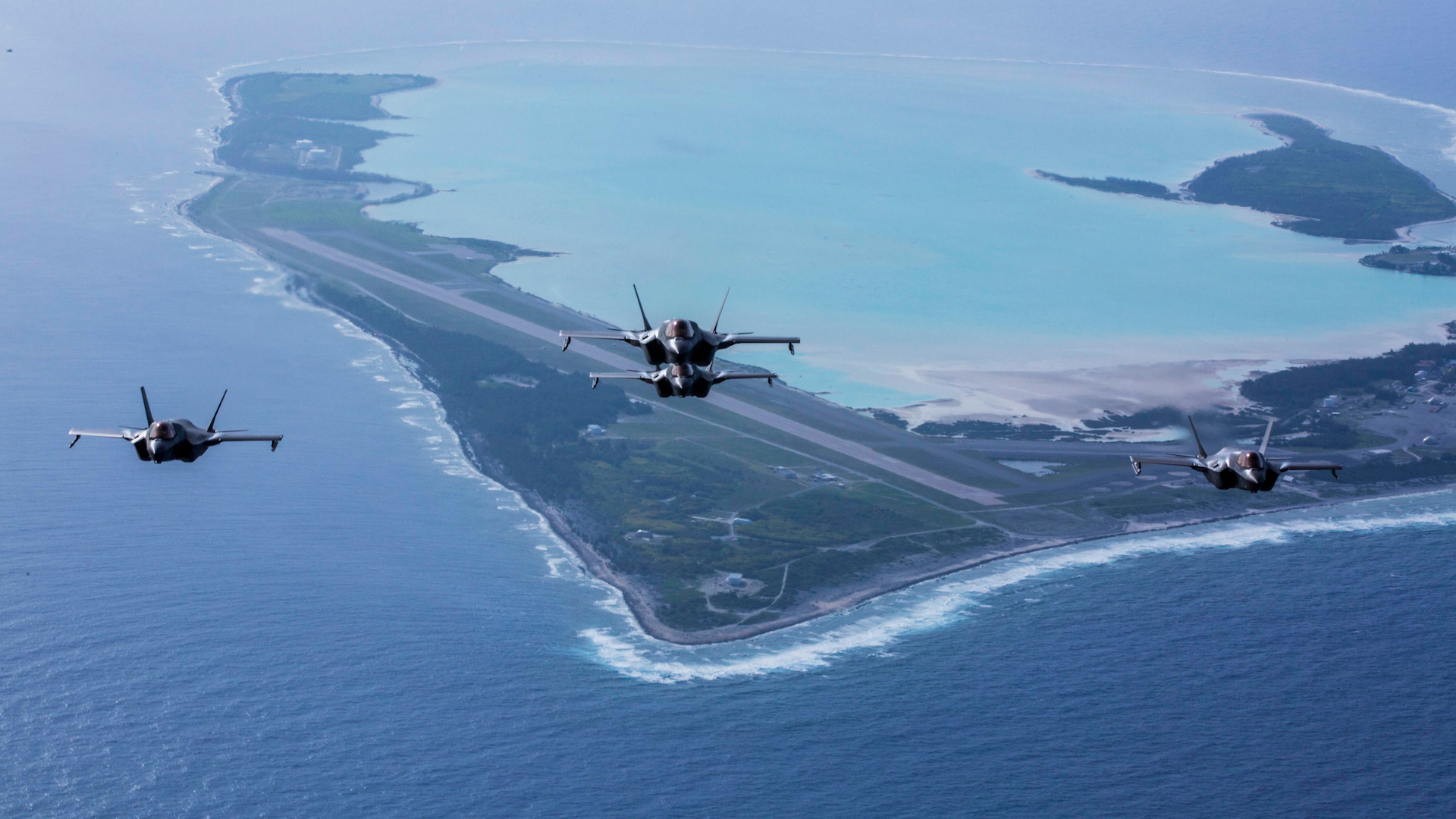
[Ryan Robertson]
THE BALANCE OF POWER IN THE INDO-PACIFIC COULD HINGE ON SOMETHING AS FUNDAMENTAL AS CONCRETE. WHILE CHINA FORTIFIES ITS MILITARY AIRFIELDS AND EXPANDS THE CAPABILITIES OF THE PEOPLE’S LIBERATIONS ARMY ROCKET FORCE–, THERE’S A NEW REPORT REVEALING GLARING VULNERABILITIES IN U.S. DEFENSES THAT COULD RESHAPE HOW FUTURE CONFLICTS ARE FOUGHT.
THE HUDSON INSTITUTE IS A NON-PARTISAN THINK TANK ORIGINALLY FOUNDED TO HELP PREPARE THE U-S FOR FUTURE WARS. ACCORDING TO ITS NEW REPORT ‘CONCRETE SKY: AIR BASE HARDENING IN THE WESTERN PACIFIC’ CHINA IS INVESTING HEAVILY IN AIRFIELD FORTIFICATIONS, DOUBLING THE NUMBER OF HARDENED AIRCRAFT SHELTERS IN THE PAST DECADE …INCLUDING MORE THAN 3-THOUSAND SHELTERS AT 134 AIR BASES NEAR THE TAIWAN STRAIT.
CHINA ALSO ADDED 20 RUNWAYS AND OVER 40 RUNWAY-LENGTH TAXIWAYS WHILE INCREASING ITS TOTAL RAMP AREA NATIONWIDE BY ALMOST 75 PERCENT. THE REPORT NOTES THE AMOUNT OF CONCRETE USED FOR THESE UPGRADES COULD PAVE A FOUR-LANE INTERSTATE HIGHWAY FROM WASHINGTON, D.C., TO CHICAGO.
IN COMPARISON, U.S. EFFORTS IN THE REGION ARE LIMITED, ADDING JUST A HANDFUL OF SHELTERS AND MINIMAL NEW INFRASTRUCTURE. THE ANALYSTS AT THE HUDSON INSTITUTE SAY THIS LEAVES AMERICAN AIRFIELDS HIGHLY EXPOSED TO POTENTIAL MISSILE STRIKES—WHICH IS PARTICULARLY CONCERNING SINCE CHINESE MILITARY DOCTRINE EMPHASIZES SURPRISE ATTACKS TO NEUTRALIZE AIR POWER ON THE GROUND.
THE PLAARF CAN USE ITS PRECISION-GUIDED MISSILE ARSENAL TO HIT U.S. BASES ACROSS THE INDO-PACIFIC, FROM GUAM TO OKINAWA. FOR EXAMPLE, AS FEW AS TEN MISSILES COULD DISABLE CRITICAL ASSETS AT IWAKUNI (EE-WUH-KOO-NEE), A KEY MARINE CORPS AIR STATION IN JAPAN.
TO ADDRESS THESE VULNERABILITIES, THE REPORT RECOMMENDS BOLSTERING AIRFIELD RESILIENCE BY BUILDING HARDENED AIRCRAFT SHELTERS, ADDING REDUNDANT FUEL SYSTEMS, AND RAMPING UP ITS RAPID RUNWAY REPAIR CAPABILITIES. THE HUDSON INSTITUTE ALSO EMPHASIZES THE NEED FOR LONG-RANGE AIRCRAFT AND AUTONOMOUS SYSTEMS THAT DON’T RELY AS MUCH ON TRADITIONAL AIRFIELD INFRASTRUCTURE.
ESSENTIALLY, THE REPORT IS SUGGESTING WHAT MOST EVERYONE IN THE D-O-D ALREADY KNOWS–IMPROVING AIRFIELD DEFENSES IS ESSENTIAL FOR MAINTAINING U.S. OPERATIONAL CAPABILITIES AND DETERRING POTENTIAL AGGRESSION IN THE REGION. WITHOUT THESE IMPROVEMENTS, THE CURRENT IMBALANCE COULD HAVE FAR-REACHING IMPLICATIONS FOR THE INDO-PACIFIC
FOR MORE OF OUR UNBIASED, STRAIGHT FACT REPORTING – DOWNLOAD THE STRAIGHT ARROW NEWS APP TODAY, OR LOG ON TO SAN.COM.











